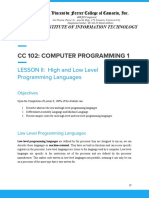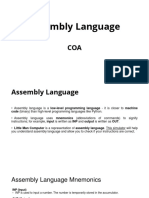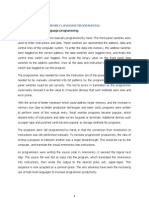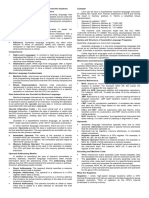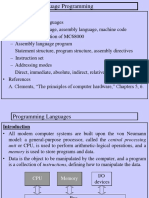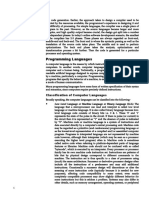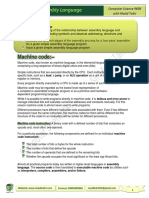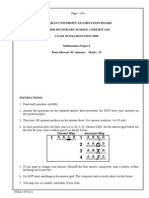0% found this document useful (0 votes)
6 views3 pagesLanguage Translators Part 1
The document discusses assembly language, a low-level programming language closely related to machine code that uses mnemonics for easier understanding. It explains the process of translating assembly language into machine code using assemblers, which can be single pass or two pass, and highlights the importance of opcodes and operands in instructions. Additionally, it outlines the stages of assembly, including reading the program, checking syntax, and generating object code.
Uploaded by
tabaka7750Copyright
© © All Rights Reserved
We take content rights seriously. If you suspect this is your content, claim it here.
Available Formats
Download as PDF, TXT or read online on Scribd
0% found this document useful (0 votes)
6 views3 pagesLanguage Translators Part 1
The document discusses assembly language, a low-level programming language closely related to machine code that uses mnemonics for easier understanding. It explains the process of translating assembly language into machine code using assemblers, which can be single pass or two pass, and highlights the importance of opcodes and operands in instructions. Additionally, it outlines the stages of assembly, including reading the program, checking syntax, and generating object code.
Uploaded by
tabaka7750Copyright
© © All Rights Reserved
We take content rights seriously. If you suspect this is your content, claim it here.
Available Formats
Download as PDF, TXT or read online on Scribd
/ 3






